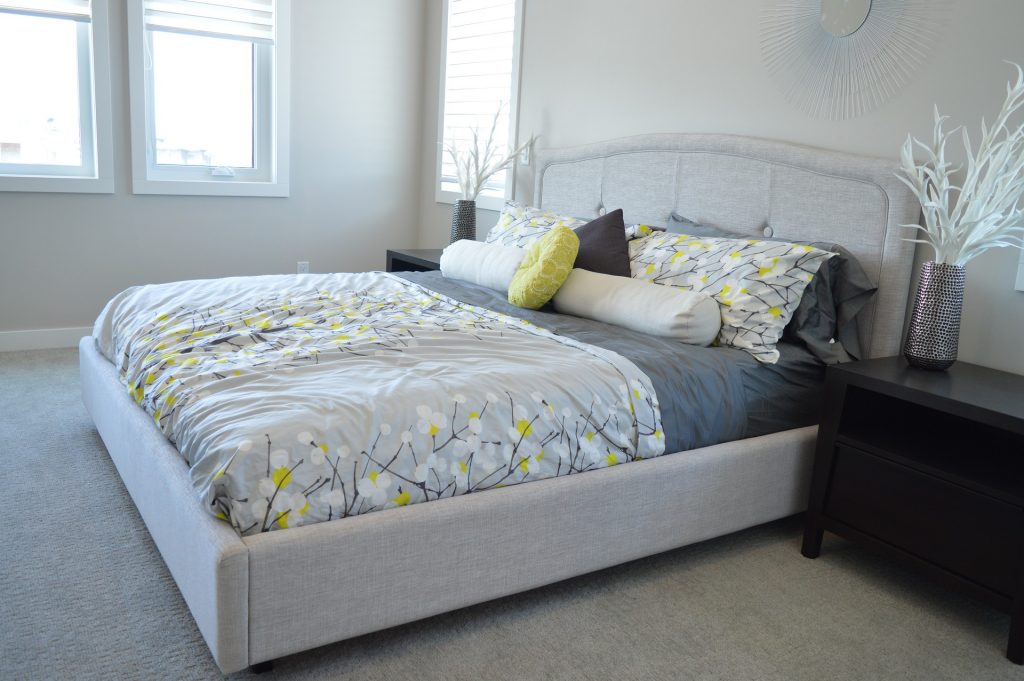A well-planned sleep environment can be the secret to a good night’s rest. Regardless of where you sleep, the right setup can greatly increase the amount you sleep as well as your sleep quality.

Consider these suggestions when designing your sleep-inducing space.
- Temperature. The slight rise and fall of body temperature signals your body to feel awake or drowsy. Lower body temperatures cue your body for rest, so keeping a cooler sleep environment can enhance your sleep. Typically, experts suggest temperatures around 65°F for greatest sleep quality, although it is important to discover the temperature that is best for you.
- Noise. Loud noises can affect the quality of your sleep regardless if you remember waking up to them. Heavy curtains, waxy earplugs as well as “white noise”, such as fans or softly playing relaxing music, are great ways to block out unwanted noise.
- Technology. Removing electronics from your bedroom can help you associate your bed with relaxation rather than alertness. In addition, exposure to artificial light from technology use can stimulate brain activity. Try turning off electronics at least an hour before bedtime.
- Light. Light and dark cues signal our body when to rise and when to rest. Controlling the lighting in your bedroom can greatly enhance your sleep quality. Keep light to a minimum at night, using darkening curtains or shades when necessary, and limit exposure to artificial lighting such as the glow from television or computer.
- Comfort. Whether you prefer firm or soft sleeping surfaces, it is important that your bed and pillows keep your spine in alignment. Some experts recommend memory-foam mattresses and ergonomic pillows for optimal spine support. Also, try to replace your mattress and box springs every 8-10 years to decrease your likelihood of neck and back pain.
Fine tune your sleep environment to create the perfect conditions for a great night’s sleep—every night!
Did You Know?
Pillow thickness differs based on your usual sleeping position.
- Back Sleepers: Pillows with medium thickness are advised. Keep in mind that your pillow may be too thick if you can see your feet.
- Side Sleepers: Thick pillows are suggested to fill the space between your ear and the bed. Also, try to place a pillow between your knees for optimal spine alignment.
- Stomach Sleepers: A thin pillow is often best to level your head, but the thickness depends on the softness of your mattress.


